hj
Master Plumber
- Messages
- 33,603
- Reaction score
- 1,042
- Points
- 113
- Location
- Cave Creek, Arizona
- Website
- www.terrylove.com
DO NOT turn the filter off, just turn the bypass on. The gauges will read the system pressure while you are using the faucet.
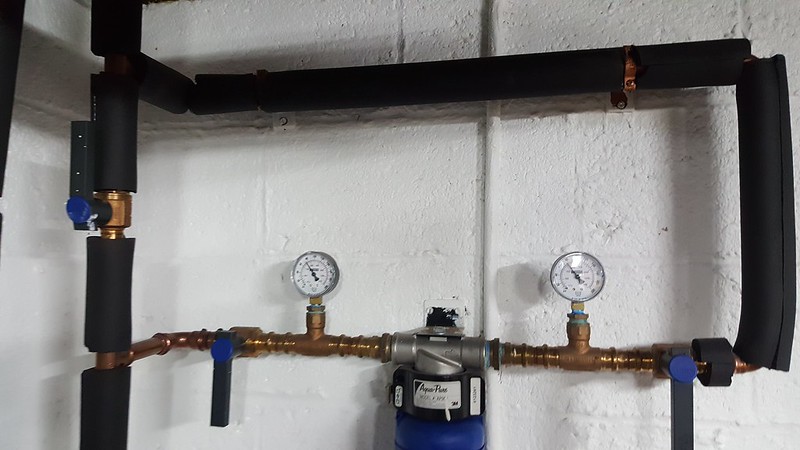
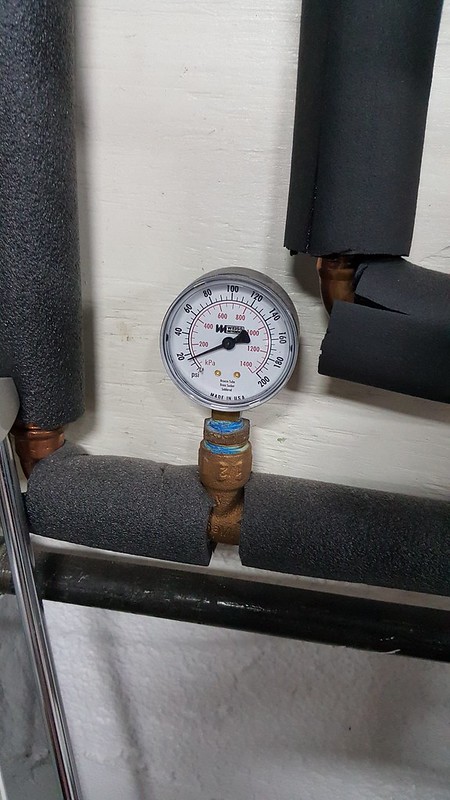
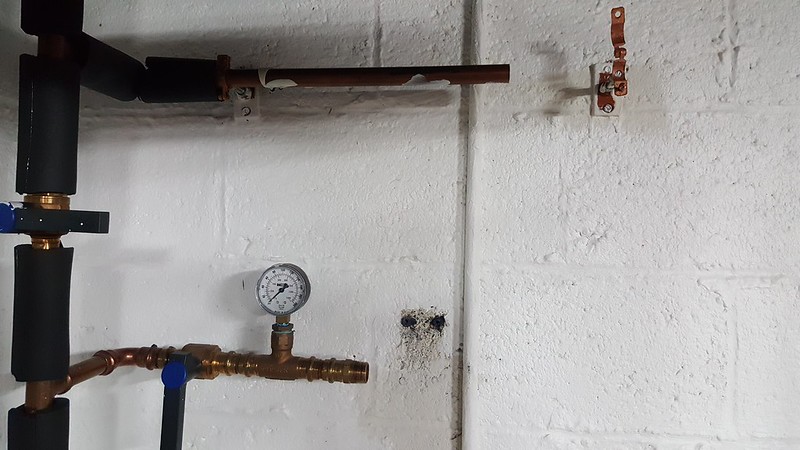
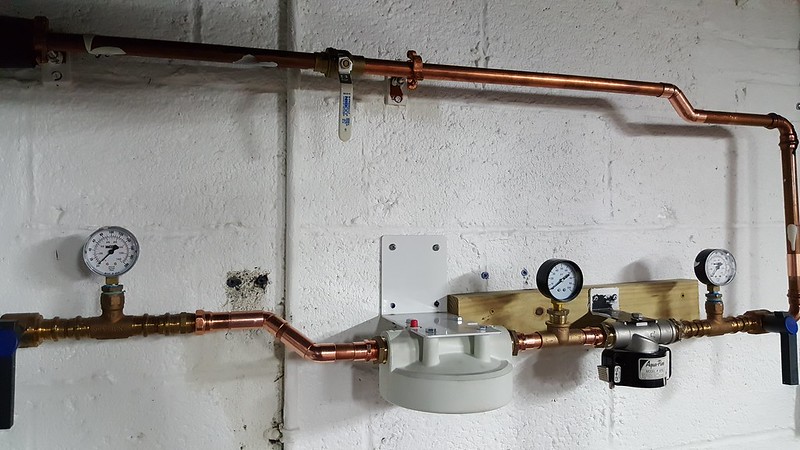
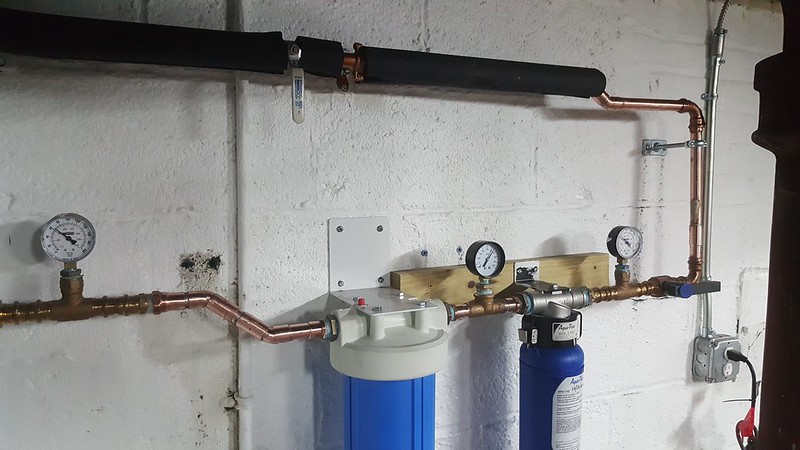
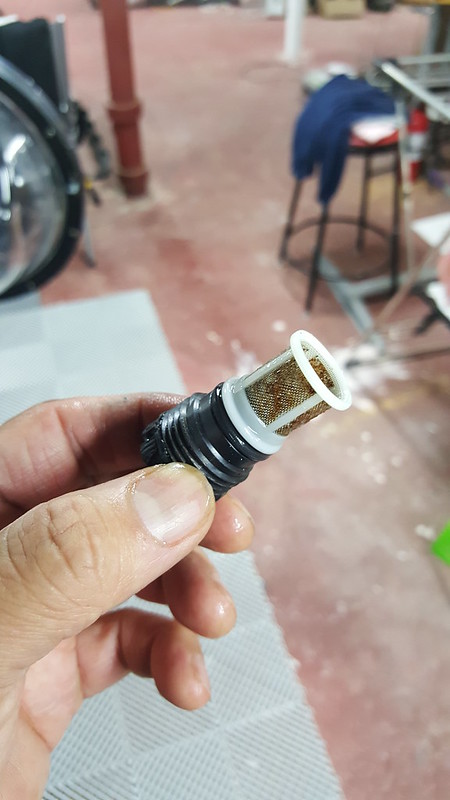
Is that first filter a 4.5 by 20 inch cartridge? Pentek Big Blue filter housings use that size. If so, there are a lot of choices if there is not something that makes the elements incompatible. ThePentek DGD-5005-20 cartridge is dual-gradient 50-5 micron.
When you take the housing off, I would put a light coat of silicone grease on the O-ring. I keep a spare O-ring handy in case I had a failure getting things back together. Since I don't have a filter bypass, I would be out of water if my O-ring went bad and I did not have a replacement.
http://haynesmfg.com/2015/12/product-spotlight-haynes-lubri-film-plus/ does not specifically mention seals and O-rings. I use
Molykote 111.
Those gauges tell the story. I wish I had that inter-filter pressure gauge. I think you are saying that originally the 917HD GAC filter had much lower drop, and it is getting clogged progressively in just a few days. I guess the theory is that the first cartridge is letting stuff thru that clogs the GAC filter.Now after two additional days you can see even more pressure drop. Yay. From just above 60 to just below 45. Joy.
Those gauges tell the story. I wish I had that inter-filter pressure gauge. I think you are saying that originally the 917HD GAC filter had much lower drop, and it is getting clogged progressively in just a few days. I guess the theory is that the first cartridge is letting stuff thru that clogs the GAC filter.
If I were continuing with this setup, I would look at a finer pre-filter cartridge.
Maybe the PENTEK WP1BB20P They say that is good down to 1 micron. Looking at my WP1BB20P cartridge, it looks more porous than my PENTEK DGD-5005-20 cartridge does. But I think they must have a good basis for the 1 micron rating.
Would that make a big difference? I don't know.
Another alternative is to replace your small GAC filter with a backwashing a activated carbon filter for chlorine removal -- which I think is what you are trying to accomplish with your GAC filter cartridge. That looks like a water softener. That would be effective, but I understand that sounds drastic. Such a filter would typically go first in line and a fine particle filter could follow that if you wanted. A cartridge could precede the backwashing filter, but that would be unusual. You could have the cartridge in line but empty of an element.
This is awkward, but...
It looks like you're using an ad blocker. We get it, but (1) terrylove.com can't live without ads, and (2) ad blockers can cause issues with videos and comments. If you'd like to support the site, please allow ads.
If any particular ad is your REASON for blocking ads, please let us know. We might be able to do something about it. Thanks.